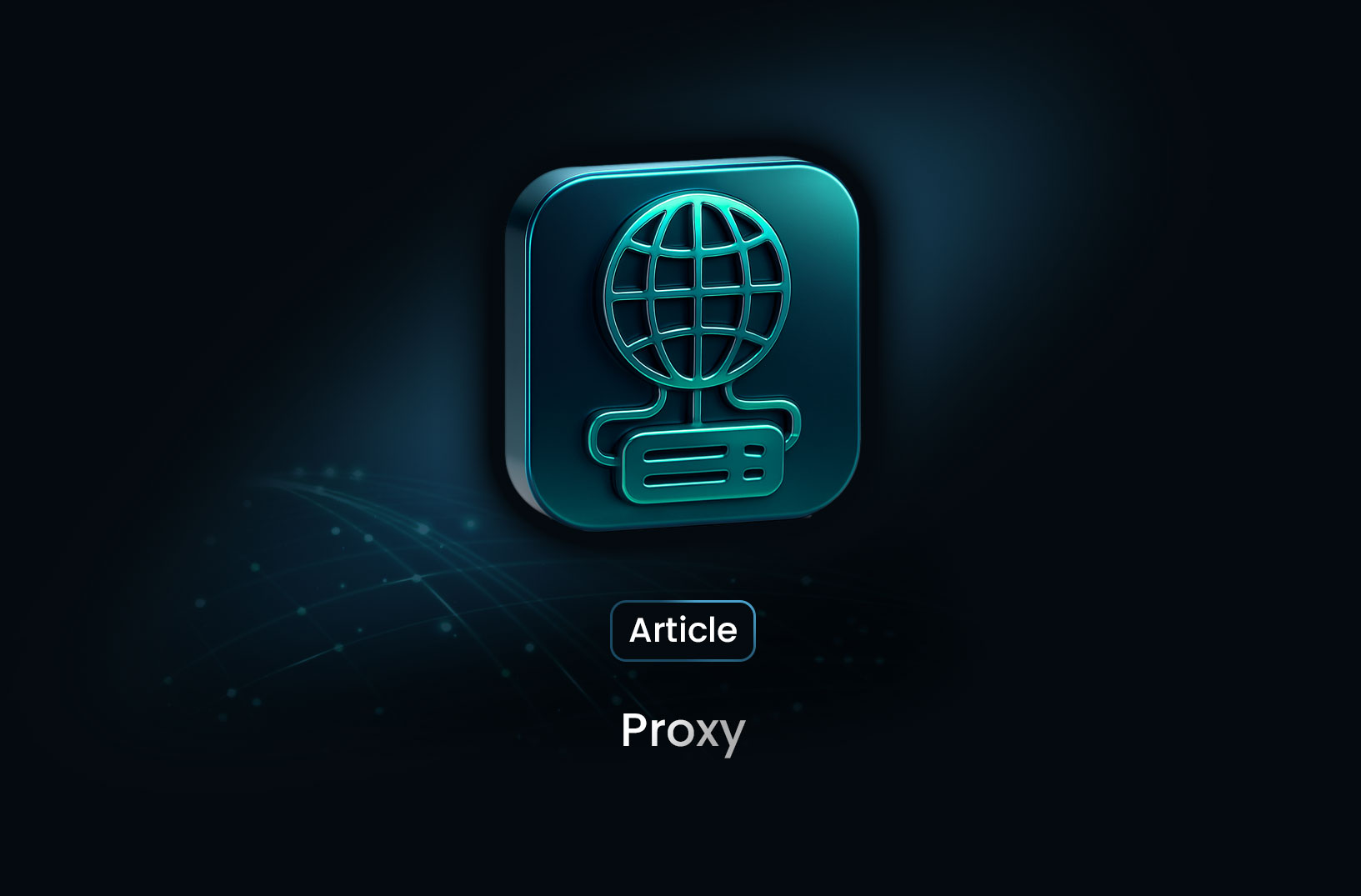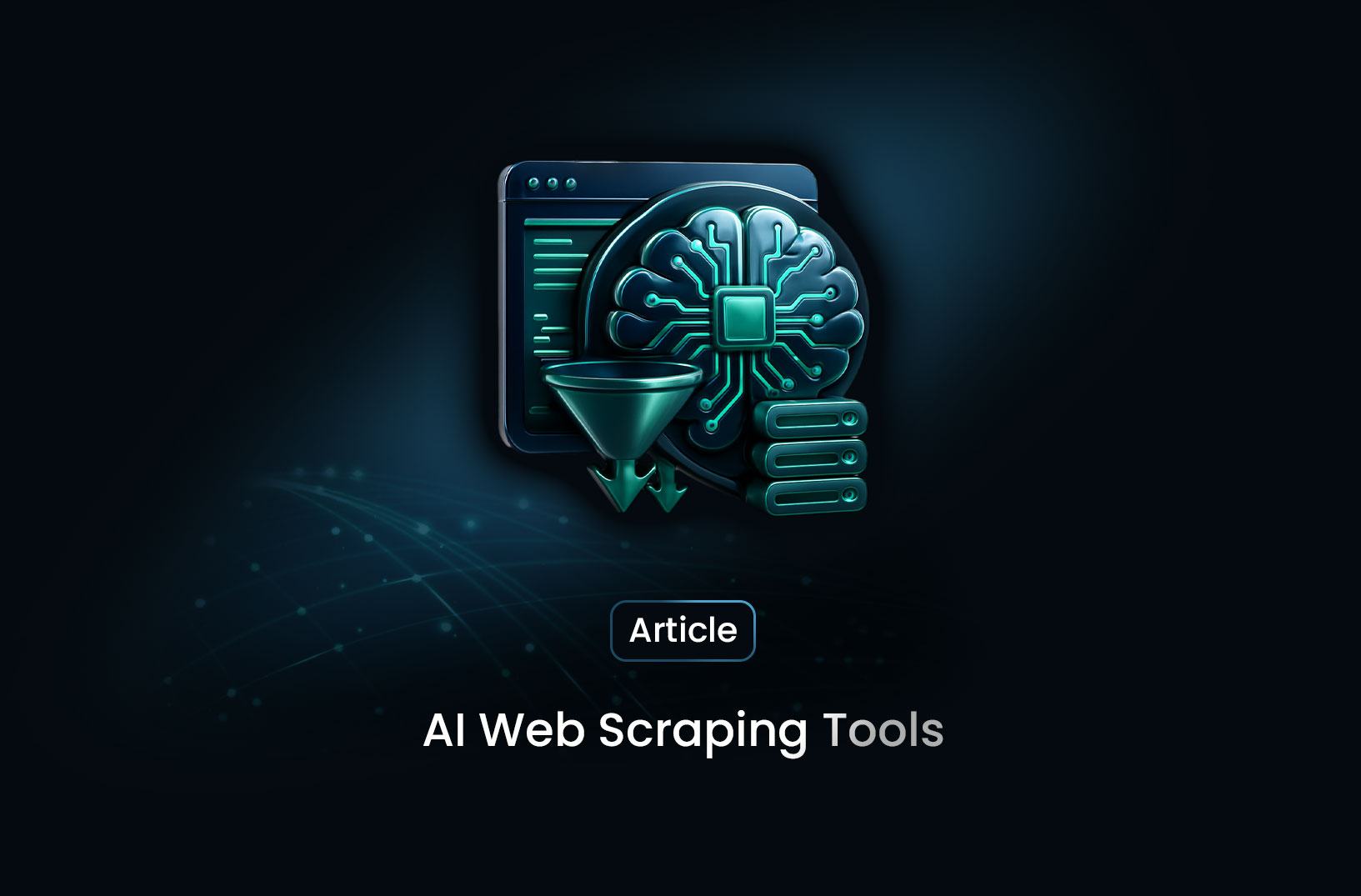
Wget Proxy Setup Made Simple: Everything You Need to Know
ArticleLearn how to use Wget with proxy settings, including HTTP, HTTPS, and SOCKS proxies. This guide explains configuration methods, environment variables, and best practices for secure command-line downloads.
What Is Wget Proxy?
Wget is a command-line download utility widely used in Linux, macOS, and other Unix-based systems. With wget proxy configuration, you can force Wget to route downloads through a proxy server instead of connecting directly to the internet.
Using a proxy with Wget can help you:
- Access blocked or restricted content
- Maintain anonymity by masking your IP
- Control outbound traffic in enterprise environments
- Test network behavior from different locations
- Balance load through proxy rotation
Wget supports HTTP, HTTPS, and SOCKS proxies through configuration files or environment variables.
How to Use a Proxy with Wget
Wget can accept proxy settings in three main ways:
1. Using Environment Variables
The most common and convenient method.
Set your proxy like this:
export http_proxy="http://user:password@proxyserver:port/"
export https_proxy="http://user:password@proxyserver:port/"
export ftp_proxy="http://user:password@proxyserver:port/"
You can also disable proxies temporarily:
export no_proxy="localhost,127.0.0.1"
This allows you to run Wget commands without manual flags.
Using Wget Configuration File (.wgetrc)
Wget reads its configuration from .wgetrc located in:
/etc/wgetrc— system-wide~/.wgetrc— user-specific
Add your proxy settings:
use_proxy = on
http_proxy = http://proxyserver:port/
https_proxy = http://proxyserver:port/
ftp_proxy = http://proxyserver:port/
If authentication is needed:
proxy_user = username
proxy_password = yourpassword
This method is ideal for persistent proxy use.
Using Command-Line Options (Not Recommended for Credentials)
You can specify a proxy for a single command:
wget -e use_proxy=yes -e http_proxy=http://proxyserver:port/ URL
This is useful for quick one-time usage.
Using Wget with SOCKS Proxy
If your proxy uses SOCKS5 (common in anonymity tools), integrate it like this:
wget -e use_proxy=yes -e http_proxy="socks5://127.0.0.1:1080"
Or for SOCKS4:
wget -e http_proxy="socks4://127.0.0.1:1080"
For system-wide SOCKS settings, tools like proxychains can wrap Wget traffic.
Common Reasons to Use Wget with a Proxy
1. Restricted Networks
Schools, offices, and certain countries may block direct access to websites. A proxy allows Wget to bypass restrictions.
2. Anonymous Downloads
Masking your IP helps protect privacy when retrieving files or testing connections.
3. Automation and Scripting
Server environments often require outbound traffic through a controlled proxy for security compliance.
4. Load Balancing for Bulk Downloads
Large-scale download jobs may rotate proxies to avoid rate limits or maintain speed.
Troubleshooting Wget Proxy Issues
1. “Proxy authentication required”
Check that credentials are correct:
http://user:password@proxy:port/
2. “Unable to establish SSL connection”
Try switching from HTTPS proxy to HTTP proxy for tunneling.
3. “Proxy refused connection”
Possible causes:
- Wrong port
- Proxy down
- IP restricted
- Firewall blocks outbound traffic
4. Wget ignoring proxy settings
Ensure:
- Environment variables are exported correctly
.wgetrcdoes not override your settingsuse_proxy = onis set
Best Practices for Using Wget with Proxies
- Avoid storing plain-text passwords in
.wgetrc. - Use environment variables when dealing with sensitive credentials.
- Restrict proxy access to specific users or directories.
- Test proxy reachability using the
curlcommand before using Wget. - For anonymity, use trusted SOCKS5 proxies instead of free public proxies.
- Log your Wget output with:
wget -o log.txt URL
This helps diagnose proxy failures.
Conclusion
Configuring wget proxy settings allows you to use Wget safely and efficiently in restricted networks, anonymity-required environments, and automated workflows. Whether through environment variables, .wgetrc, or one-time command options, proxy support makes Wget significantly more flexible and powerful for command-line file retrieval.
Find more insights here

LunaProxy vs PYPROXY — Which Proxy Service Fits Your Needs in 2025?
Compare LunaProxy and PYPROXY in 2025 to find out which proxy service fits your scraping, automation...

Proxy 101: What Is a Proxy and Why It Matters for Web Scraping
Learn what a proxy is, how it works, the different types of proxies, and why proxies are essential f...

7 Most Effective AI Web Scraping Tools for Automated Data Extraction in 2025
A look at 7 AI web scraping tools that stand out in 2025—what they offer, how they work, and why MrS...
